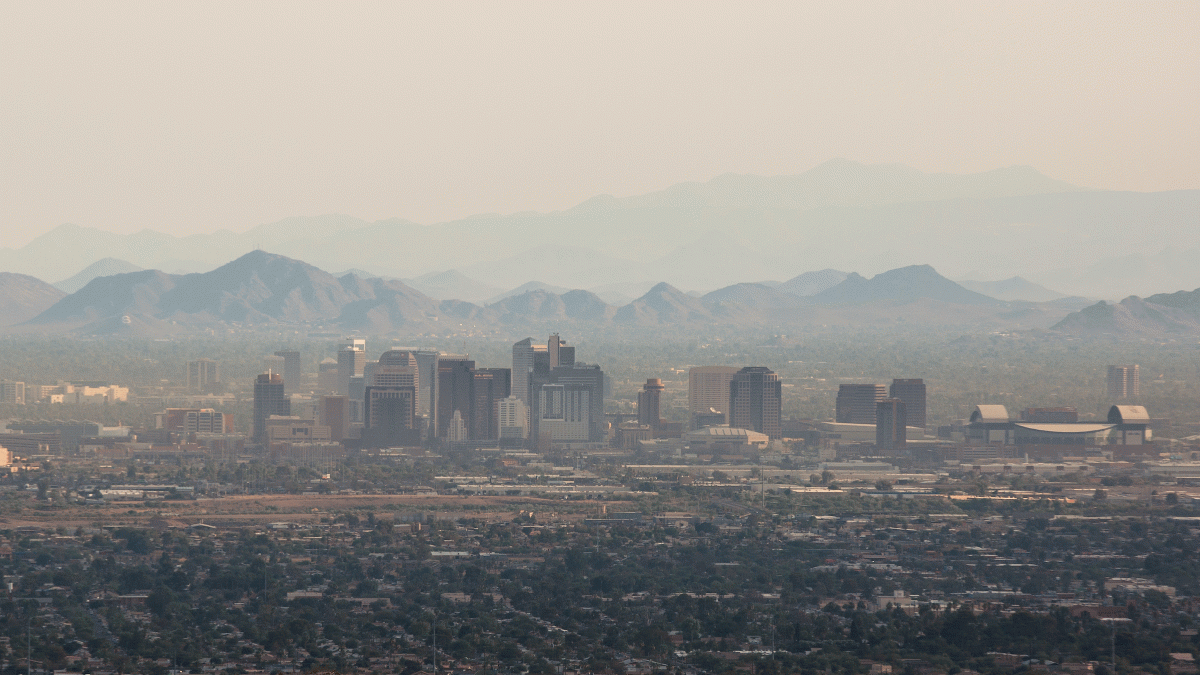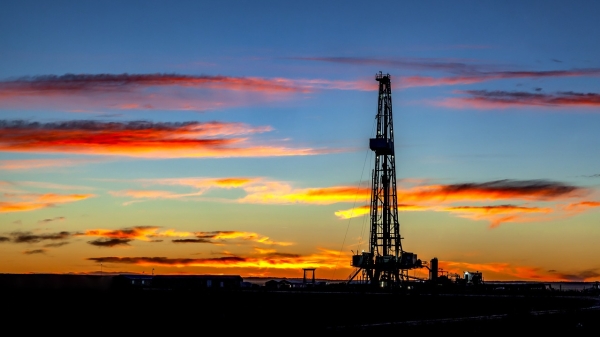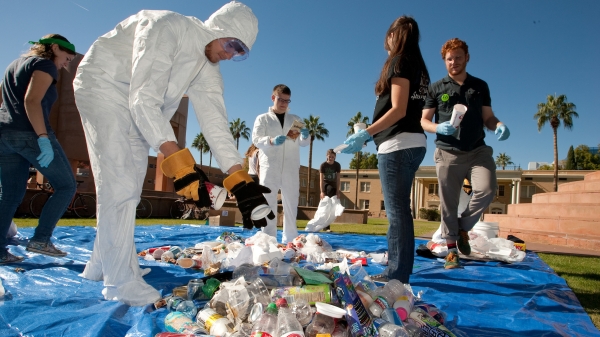Making hot cities more livable
In latest Thought Huddle podcast, ASU sustainability experts explore strategies for keeping places like Phoenix habitable

Challenges to our planet can overwhelmingly command the headlines: climate change, massive population increases, dwindling resources.
But with every crisis comes an opportunity for creativity — innovative responses that have the potential to improve our lives and change how we interact with the ecosystem and with one another. And in Phoenix and other “extreme” cities, there is growing urgency to find those solutions.
Arizona State University’s Thought Huddle podcast explores such ideas in its latest episode, “Hot and Habitable: Creating Sustainable Cities.”
Host Mary-Charlotte Domandi talks with three ASU sustainability experts on ways to make urban spaces more livable for the long term: architect Jack DeBartolo, a faculty associate in The Design School at ASU’s Herberger Institute for Design and the Arts; Elizabeth Wentz, dean of social sciences in the College of Liberal Arts and Sciences and a professor in the School of Geographical Sciences and Urban Planning; and Wellington “Duke” Reiter, an architect, urban designer and executive director of ASU’s University City Exchange.
Each of these experts offers their insights into both the challenges we face and the concrete responses that can drive change. Consider one idea shared by DeBartolo to create shade with solar arrays and make a 15-acre area of downtown Phoenix more habitable year-round: “The design concept was to put this shaded pavilion a hundred feet above the ground to create a real pedestrian environment, an outdoor room of sorts, a real civic space.” Though this was not produced, DeBartolo is optimistic that the future will include designing spaces that “are both pragmatic and poetic.”
With a focus on resiliency, Wentz notes that this research often involves looking at long-term stresses such as population growth, drought and high heat: “How can we adapt and improve our living conditions so that the community is stronger overall,” she asks. One of her answers is more compact cities where commuting is limited and where people live and work “without spending an hour and a half driving to get to their jobs.”
For his part, Reiter summarizes the challenge ahead: “The evidence about where things are moving is so obvious. How do we rally the capacity to act? That’s really the big question around sustainability, resiliency and climate change.”
Find more episodes at thoughthuddle.com.
Top photo by Deanna Dent/ASU Now
More Environment and sustainability

Celebrating Earth Day around the world
Originating in the United States in 1970, Earth Day is now celebrated worldwide. But even before it became an official day, many countries were already mindful of their carbon footprint in their…

A run on fossil fuels: ASU professor says climate legislation could have unintended consequences
As concerns about climate change grow, policymakers are increasingly voicing support for stricter fossil fuel legislation. Their discussions and proposals raise questions about the future of the oil…

Confusion complicates US recycling efforts
In most major cities and buildings, recycling bins can often be found alongside trash bins in an effort to encourage recycling. But is it working? According to the U.S. Environmental Protection…